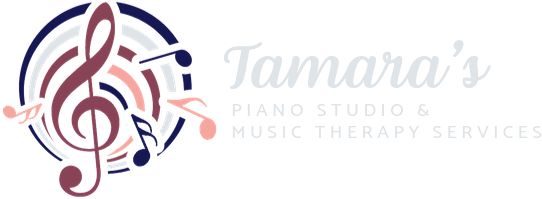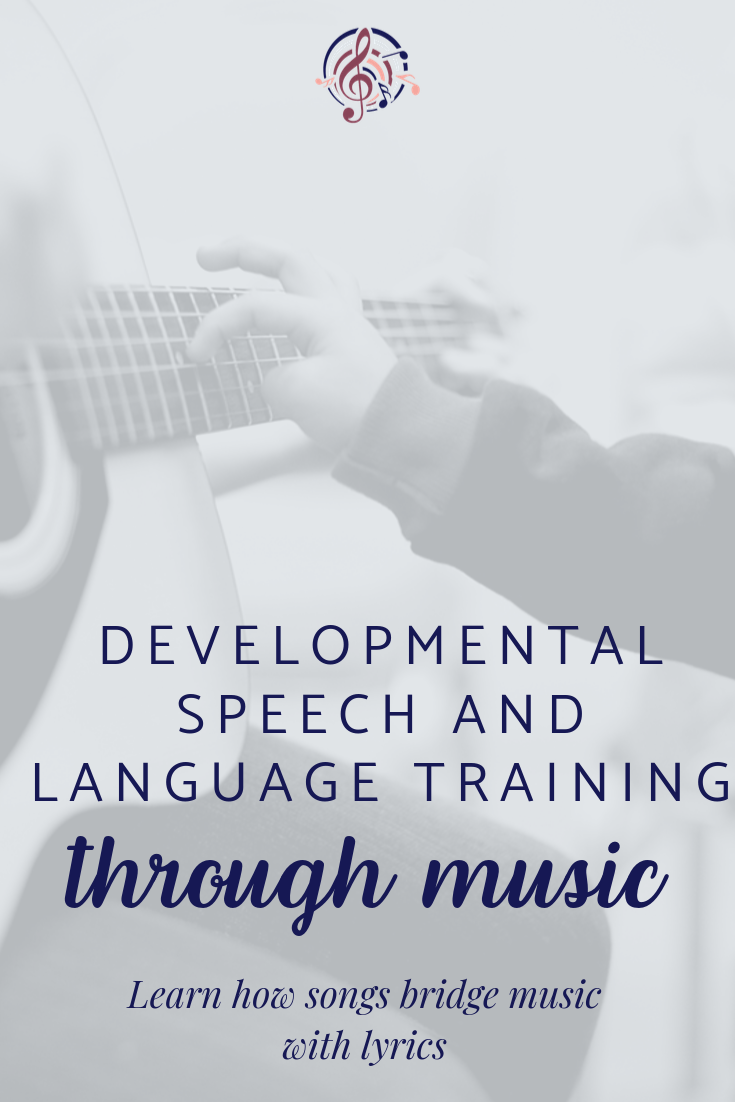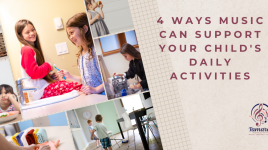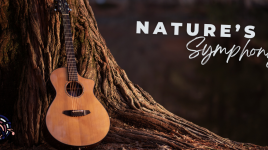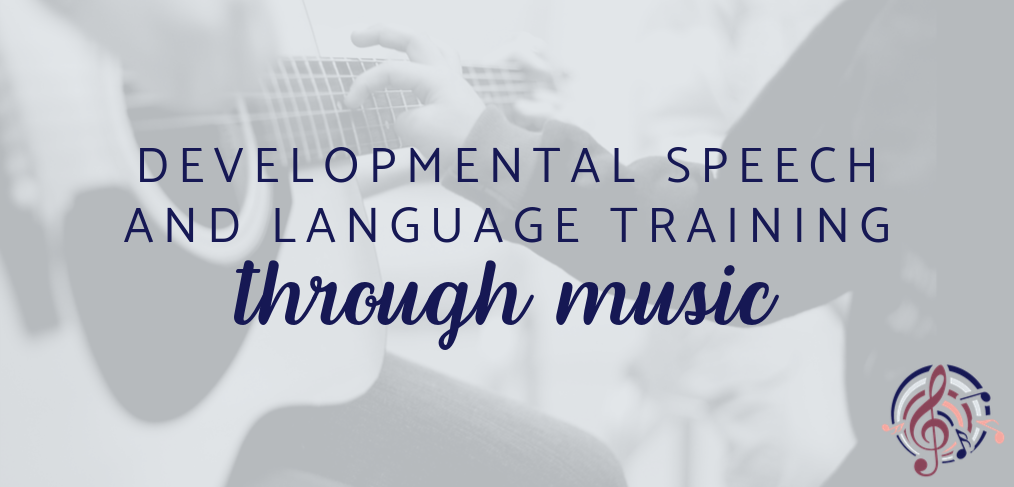
Developmental Speech and Language Training Through Music
Learn how songs bridge music with lyrics…
There is a strong correlation between music and language. We are exposed to this anytime we hear a song; songs bridge music with lyrics.
When an individual’s language is impaired, pairing music and language is an effective way to improve these skills. Developmental Speech and Language Training Through Music (DSLM), a Neurologic Music Therapy technique, aims to do just that.
DSLM can target various aspects of speech and language
Some of these goals include:
Speech production
- Articulation
- Intelligibility
Language development
- Vocabulary
- Grammar
- Syntax
Who can benefit from DSLM?
DSLM can reach a number of populations served by TPSMTS.
Some of these include:
- Autism Spectrum Disorder
- Down Syndrome
- Cerebral Palsy
- Developmental apraxia of speech
- Learning and intellectual disabilities
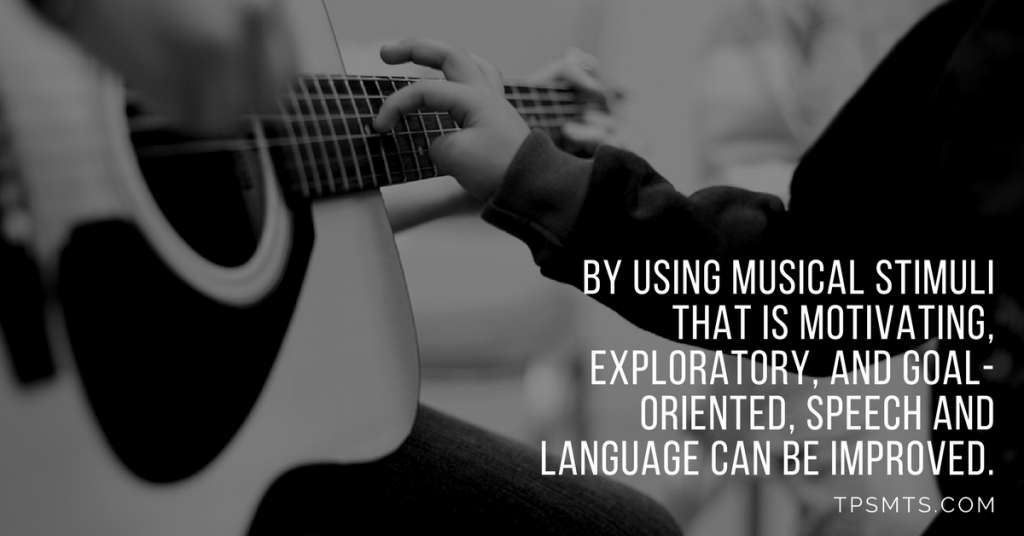
What music is used in DSLM?
By using musical stimuli that is motivating, exploratory, and goal-oriented, speech and language can be improved.
Rhythm is an important motivating aspect in DSLM interventions; it can be used to promote and facilitate speech production, create anticipation, and cue a response.
What musical techniques are used?
- Singing
- Chanting
- Playing musical instruments
- Combining music, speech, and movement
- Imitation
All music lessons and music therapy sessions with TPSMTS are highly individualized and tailored to meet specific goal areas. TPSMTS offers Neurologic Music Therapy, so Developmental Speech and Language Training Through Music can become an important part of the session plan.
Tamara received her training at The Robert F. Unkefer Academy for Neurologic Music Therapy and is certified as a Neurologic Music Therapist (NMT).
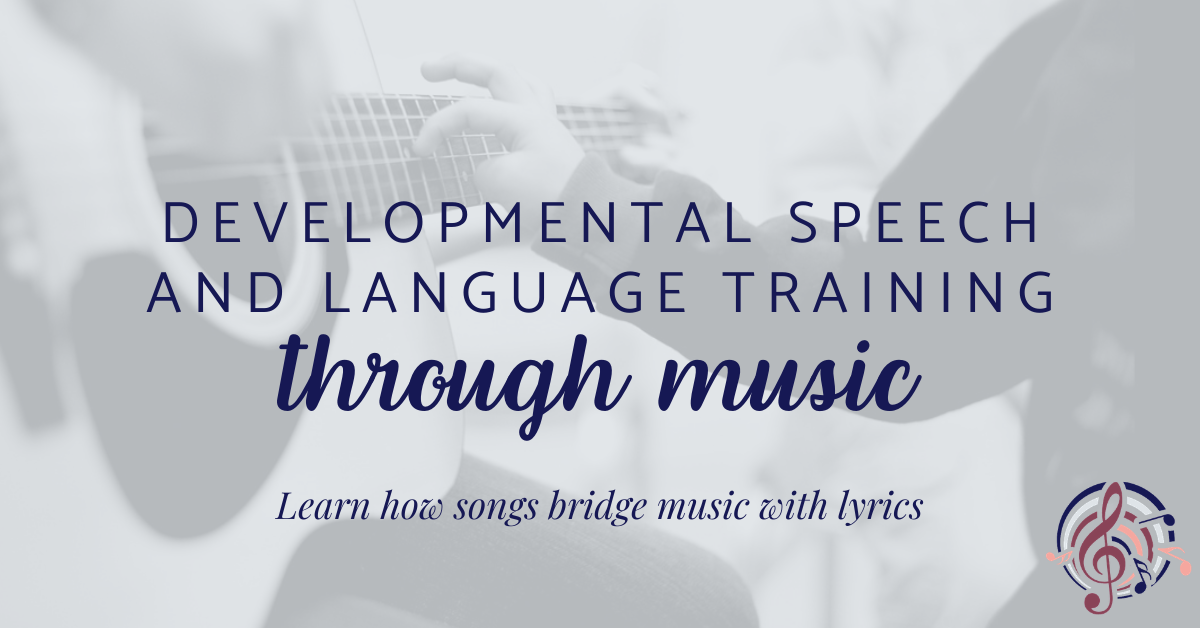
References: Thaut, M. & Hoemberg, V. (2014). Handbook of Neurologic Music Therapy. Oxford University Press: Oxford, UK.
